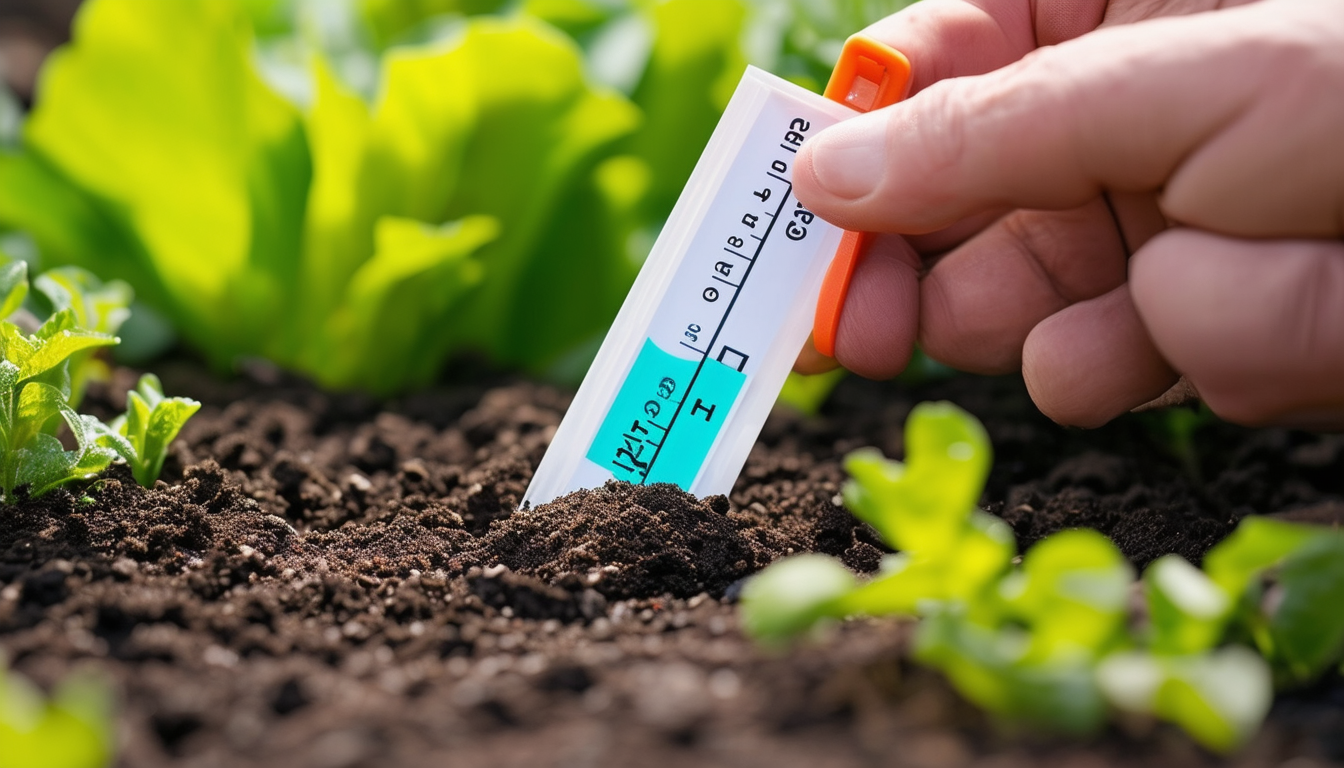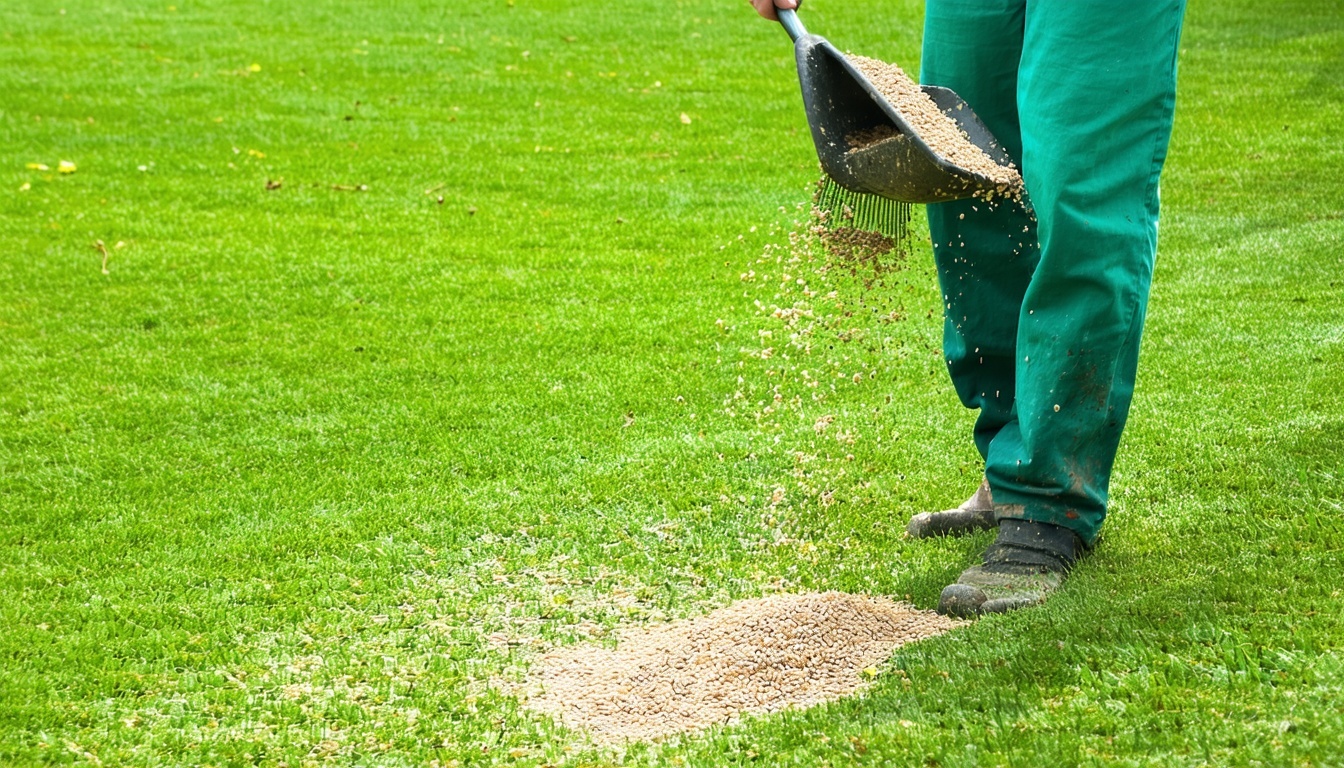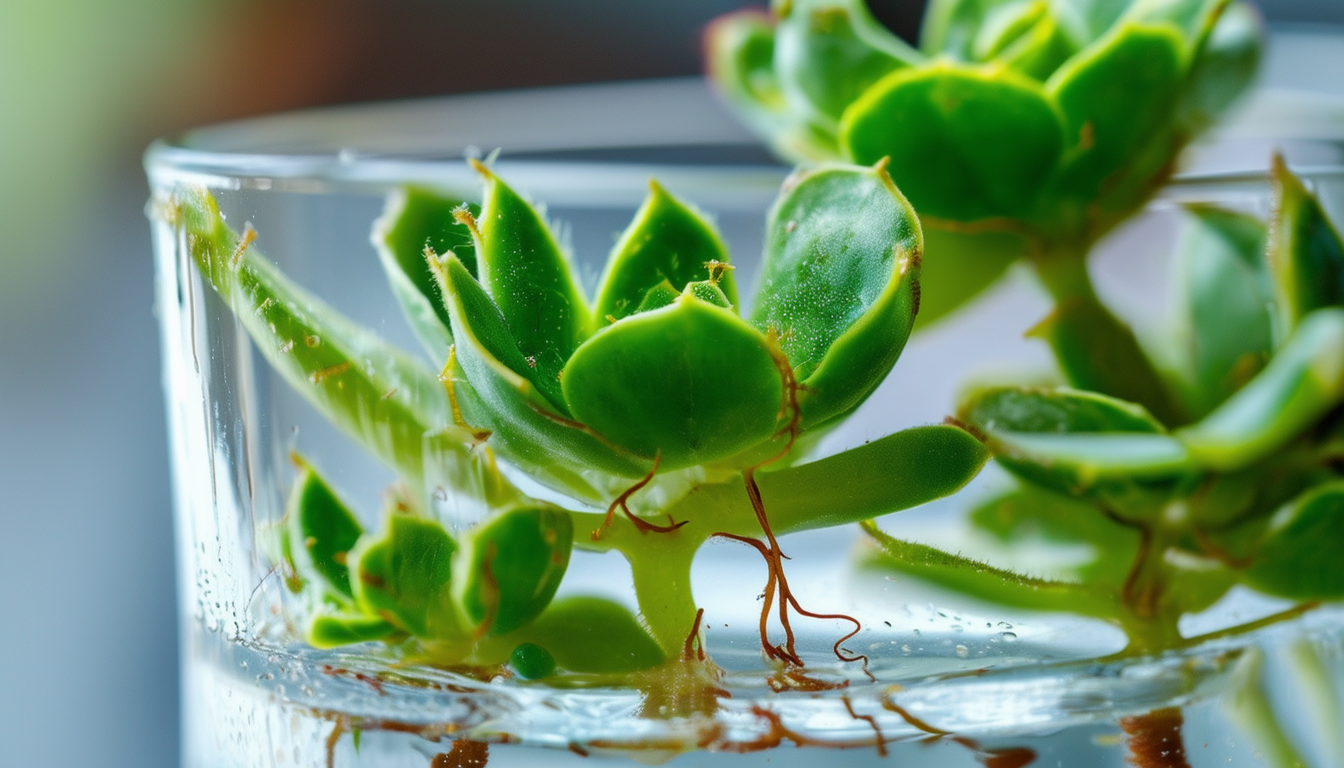
Unlock the secrets of your soil and boost your gardening success by mastering the art of soil pH testing.
Understanding the Importance of Soil pH
Soil pH is a critical factor in gardening that influences nutrient availability, microbial activity, and overall plant health. Knowing the pH level of your soil can help you make informed decisions about which plants to grow and what amendments might be necessary.
A balanced soil pH ensures that plants can absorb the essential nutrients they need to thrive. Without proper pH levels, even the most fertile soil can fail to support healthy plant growth.
Gathering Your Testing Supplies
Before you start testing your soil's pH, gather the necessary supplies. You'll need a soil pH testing kit, which is available at most garden centers or online. Additionally, you may want to have a small trowel, a clean container, and distilled water on hand.
Using the right tools ensures accurate results, which are essential for making the right adjustments to your soil's pH.
5 Step Guide to Testing Soil pH
Step 1: Collect Soil Samples - Use a trowel to collect soil from different areas of your garden. Place the samples in a clean container.
Step 2: Prepare the Samples - Remove any debris from the soil samples and mix them together thoroughly.
Step 3: Add Distilled Water - Add distilled water to the soil sample in a ratio recommended by your pH testing kit. Stir the mixture well.
Step 4: Use the Testing Kit - Follow the instructions on your pH testing kit to measure the pH level of the soil-water mixture.
Step 5: Record the Results - Note down the pH level from each sample area. This will help you understand the pH variation across your garden.
Different Ph's in different areas
It's common for soil pH to vary across different areas of your garden. Factors such as previous plantings, local climate, and soil composition can influence these variations.
By testing multiple areas, you can tailor your soil amendments more precisely, ensuring each section of your garden receives the care it needs.
Interpreting Your Soil pH Results
Once you have your pH readings, it's time to interpret the results. A pH of 7 is considered neutral, below 7 is acidic, and above 7 is alkaline.
Most plants prefer a slightly acidic to neutral pH range (6.0-7.0). However, some plants have specific pH requirements, and knowing these can help you make better planting choices.
Tips for Adjusting Soil pH Levels
If your soil is too acidic, you can raise the pH by adding lime. Conversely, if your soil is too alkaline, sulfur or organic matter like compost can help lower the pH.
Make adjustments gradually and retest the soil after a few weeks to monitor changes. It's important not to over-correct, as extreme pH levels can harm plant health.
What type of plants suit different Ph's?
Some plants thrive in specific pH ranges. For example, blueberries and azaleas prefer acidic soil (pH 4.5-5.5), while lavender and rosemary thrive in more alkaline conditions (pH 7.0-8.0).
Matching plants to their preferred soil pH can lead to healthier, more productive gardens.
How to check for soil nutrients?
In addition to pH testing, it's crucial to check your soil's nutrient levels. Home testing kits or professional soil tests can provide insights into nutrient deficiencies or imbalances.
Regular testing helps you make informed decisions about fertilization and soil amendments, ensuring your plants get the nutrients they need.
FAQ
How to prepare soil for a new season? - Begin by clearing out old plant debris, testing pH and nutrient levels, and adding necessary amendments like compost or manure.
How do you prepare a garden bed for spring planting? - Loosen the soil, remove weeds, incorporate organic matter, and test soil pH to ensure optimal growing conditions.
What nutrients to add to soil in spring? - Common additions include compost, well-rotted manure, and balanced fertilizers to replenish nutrients depleted over the winter.
How do you prepare soil for beginners? - Start with a soil test, add organic matter, and ensure proper pH balance. Keep it simple and adjust as you gain experience.
Do you add topsoil before or after planting? - Add topsoil before planting to provide a nutrient-rich layer for young plants to establish their roots.
What is the fastest way to add nutrients to soil? - Liquid fertilizers and compost teas are quick ways to boost nutrient levels, but always follow recommended application rates.
How far in advance should you prepare your soil? - Ideally, start preparing your soil a few weeks before planting to allow any amendments to settle and become effective.
How do you add new soil to old soil? - Mix new soil with existing soil to ensure a uniform blend, improving structure and nutrient content.
What is the best food for soil? - Compost is one of the best soil amendments, providing a balanced mix of nutrients and improving soil structure.
What are the three natural methods of adding nutrients to soil? - Composting, crop rotation, and green manures (cover crops) are effective natural methods.
How do I enrich my soil? - Regularly add organic matter, use cover crops, and practice crop rotation to maintain soil fertility.
What is best to put on soil before planting? - A mix of compost, well-rotted manure, and balanced fertilizers can set the stage for successful planting.
How to compost correctly? - Balance green (nitrogen-rich) and brown (carbon-rich) materials, keep the pile moist, and turn it regularly to aerate and speed up decomposition.



